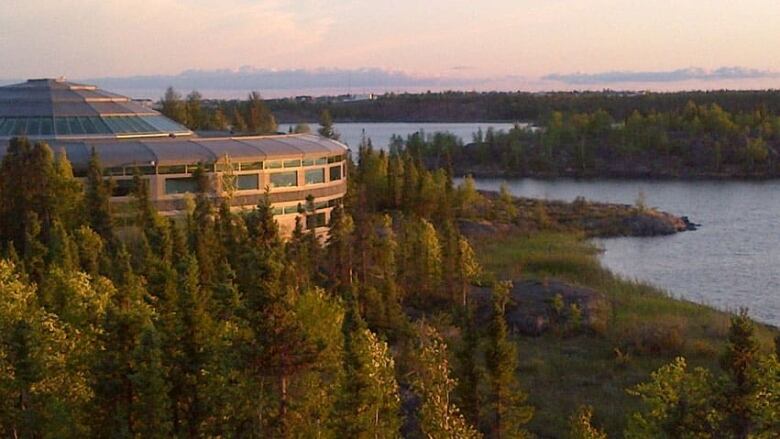N.W.T. votes 2015 | 5 things to know about today's election
From crowded races to cabinet ministers, here are some things to keep in mind as the numbers roll in

For voters in the Northwest Territories,the federal election on Oct. 19 merely marked the end of one campaign and the start of another.
Today, voters in 18 of the territory's 19 constituencies will choose from 59 candidates for the next Legislative Assembly. One candidate, JacksonLaffertyin the central N.W.T. riding ofMonfwi, had no opponents, and is acclaimed.
And even with today's territorial election, the politicking does not end. While voters will know who their newMLAswill be later tonight, they won't know who will actually formthe government for a couple more weeks.
That's because, under the territory's non-partisan consensus systemof government, newly-electedMLAswill choose the premier, cabinet and speaker from among themselves, typically around two weeks after the general election.
With no parties and no opinion polls, the results in many ridings will be impossible to predict. But here are five things to think about on election day.
1. Incumbency has its privileges
Like everywhere else, incumbents generally enjoy an advantage over their challengers. Unlike in party systems, where voters will often cast ballots based on the desire for a new government as much as an MLA's performance, incumbents are often judged on their own records in the assembly. This usually offers an extra advantage for cabinet ministers, though not always: formerNunavut premier Eva Aariak lost her own seat in that territory's election in 2013. But with 16 of 19 incumbents running again, there could be an awful lot of familiar faces in the next assembly.
2. Bread and butter
Pocketbook issues dominated candidates' agendas in most N.W.T. ridings, particularly in Yellowknife. The twin issues of the cost of living and the territory's gloomy economic outlook are on the minds of many voters, and it will be interesting to see which candidates benefit from that. Will voters opt for candidates talking up issues like the cost of electricity, or those pushing for more resource development?
3. Speaking of resources
Premier Bob McLeod's governmentbuilt its economic vision for the territory on resource development. McLeodand his cabinet hustled hard, particularly on the oil and gas front, conducting trade missions to Asia and talking up the territory's resource potential with the U.S. energy industry. But prices for oil, natural gas and minerals are low and the territory's high operating costs have led to a major downturn in exploration. The last government's plan was to boost spending on power generation and other infrastructure to coax industry back to life. Willvoters endorse this approach?
4. Toss-up ridings
The ridings with no incumbent running Frame Lake,Sahtuand Yellowknife Northare all highly competitive races with no clear favourite. Yellowknife North has five candidates, while Frame Lake and Sahtu each have four. All three could see close finishes on election night.
In Nahendeh, no fewer thansix candidates came forward to challenge incumbent Kevin Menicoche, meaningit's theoretically possible someone could win the seat by garnering as little as15 per cent of the vote.
Nunakput has four challengers taking on the incumbent, and Deh Cho has four candidates, including the current MLA.
5. Who wants to be a cabinet minister?
While the exact make-up of cabinet is often determined by an opaque process of back room deal-making, convention holds that two ministers hail from each of three regions: the north, the south and Yellowknife. The premier is usually selected independently of that.There are proposals to pick all seven executive council members at once and ensure an additional slot goes to Yellowknife or to a woman, but that will be up to the next assembly.
The other question, of course, is who becomes premier. So far, noN.W.T. premier has served more than one term, but there have been rumours that Bob McLeod intends to seek a second term (which he has denied). Of course, for that to happen, he has to get re-elected as an MLA, then convince his colleagues to break with longstanding tradition.












_(720p).jpg)


 OFFICIAL HD MUSIC VIDEO.jpg)
.jpg)



























































































